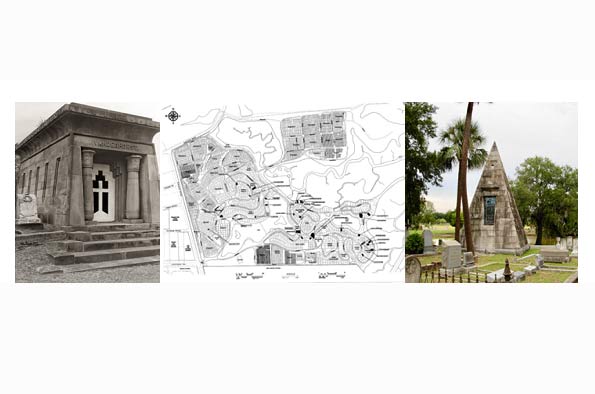
Magnolia Cemetery, Charleston, S.C.: The Elysian Fields of the Southern United States
Add this event to my calendar
Click on "Create a calendar file" and your browser will download a .ics file for this event.
Microsoft Outlook: Download the file, double-click it to open it in Outlook, then click on "Save & Close" to save it to your calendar. If that doesn't work go into Outlook, click on the File tab, then on Open & Export, then Open Calendar. Select your .ics file then click on "Save & Close".
Google Calendar: download the file, then go into your calendar. On the left where it says "Other calendars" click on the arrow icon and then click on Import calendar. Click on Browse and select the .ics file, then click on Import.
Apple Calendar: The file may open automatically with an option to save it to your calendar. If not, download the file, then you can either drag it to Calendar or import the file by going to File >Import > Import and choosing the .ics file.
(University of Cambridge)
In my paper on Magnolia Cemetery, Charleston (1850), I will review the classical past's appropriation in the rural cemetery movement. In the United States, during the first half of the nineteenth century, attitudes towards burials and their location changed. Owing to hygienic concerns and pressure on city-centre space, cemeteries were built on cities' outskirts. Magnolia is a large (92 acres) cemetery with extensive landscaped grounds modelled on the Elysian Fields, the paradise of Homer, Hesiod, and Virgil.
I shall argue that Magnolia resonated with links to the ancient past. Its use was reminiscent of the Roman cemeteries, which were regularly visited on feast days such as the Parentalia and the Lemuria. Magnolia quickly became a popular and accessible destination for locals and tourists. Its funerary art and architecture was partially inspired by architectural discoveries such as Pompeii and books of antiquities such as Stuart and Revett's The Antiquities of Athens.
Lastly, I shall argue that the neighbouring black cemeteries took up Magnolia's classical references. By 1856 five cemeteries had been built in Magnolia's vicinity, in a similar rural style. This was evidence of their desire to be assimilated within the cultural values of white Charlestonians.
Please email Rachael Cornwell (R.H.Cornwell@liverpool.ac.uk) or Daniel Lowes (D.G.Lowes@liverpool.ac.uk) for the zoom link.
